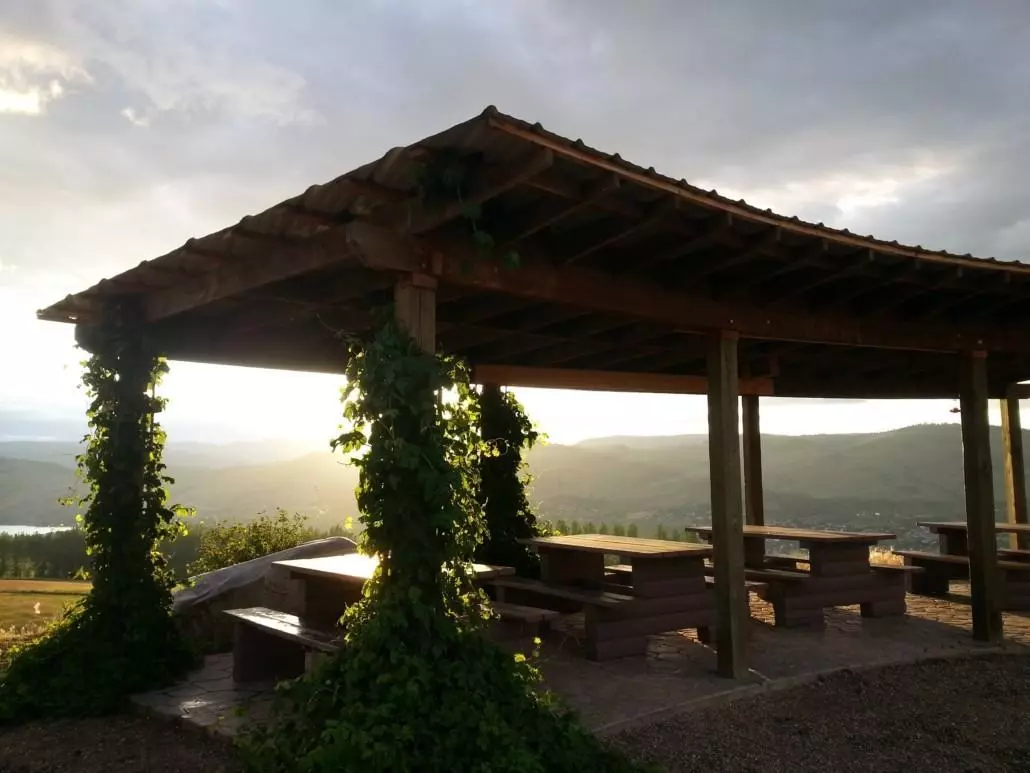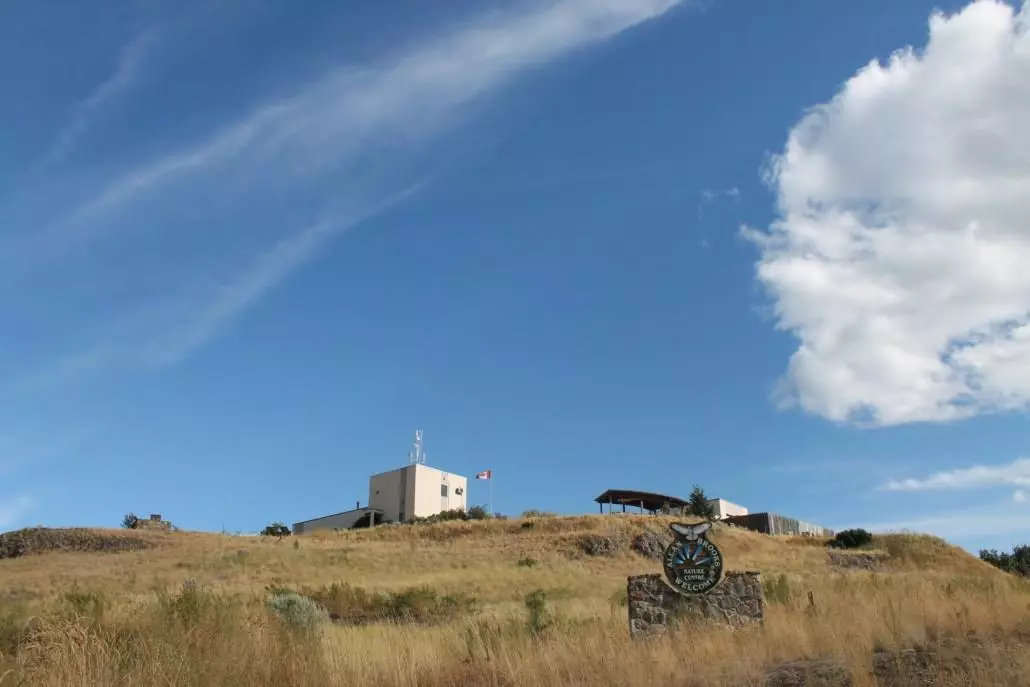Overview
Perched atop the grasslands just south of Vernon the Allan Brooks Nature Centre (ABNC) is your place to satisfy your natural curiosity and reconnect with the joys of nature.
Since 1996, Allan Brooks Nature Centre has grown from a discontinued weather station into an interpretive centre with activity rooms, display space, indoor and outdoor classrooms, picnic and play areas, a pond, native plant gardens, viewpoint sitting areas, and a wheelchair friendly grasslands trail around the grounds. ABNC displays and features a variety of nature-associated learning opportunities, information, activities and experiences. Come explore the rich natural history of the Okanagan Basin. Here you’ll be rewarded with breathtaking 360º views of our region, including Okanagan, Kalamalka, and Swan Lakes and plenty of opportunities to nurture your own nature.
The Allan Brooks Nature Centre is a registered charitable organization (BN: 890649742RR0001) supported by its members, volunteers, donors, sponsors, partners and granting agencies. We rely heavily on community resources for our success in nature interpretation and habitat conservation.
The Nature Centre provides visitors a first-hand opportunity to see and learn about the Okanagan’s unique and diverse natural heritage through views, information, programs and displays of the region’s natural areas. The Centre occupies the old Vernon Upper Air Weather Station overlooking the city of Vernon and was first opened on July 1, 2000. It is ideally situated on a grassland knoll at the confluence of the Okanagan and Coldstream valleys. Three lakes and five ecosystems can be seen from this site and spectacular, panoramic views of the Okanagan and its diverse ecosystems.
The Allan Brooks Nature Centre is committed to promoting the enjoyment of nature and increasing awareness of habitat conservation through environmental education and nature-related activities in the Okanagan region.
The Okanagan is an extension of the Great Basin lowland that extends from the United States up into the forests of South Central British Columbia. The Okanagan Valley has one of the warmest and driest climates in British Columbia due to the rain shadow effect of the Coast and Cascade Mountains to the west.
The Okanagan is considered as one of the three most endangered ecological regions in Canada.
The combination of the warm/dry climate and the varied landscape elevations has promoted a diversity of natural habitats here, ranging from dry, valley bottom ecosystems to forested subalpine ecosystems. Okanagan ecosystems provide important habitat for several sensitive grassland and wetland species (some of these are not found anywhere else in Canada). Unfortunately, many of these animal and plant species are threatened or endangered.





